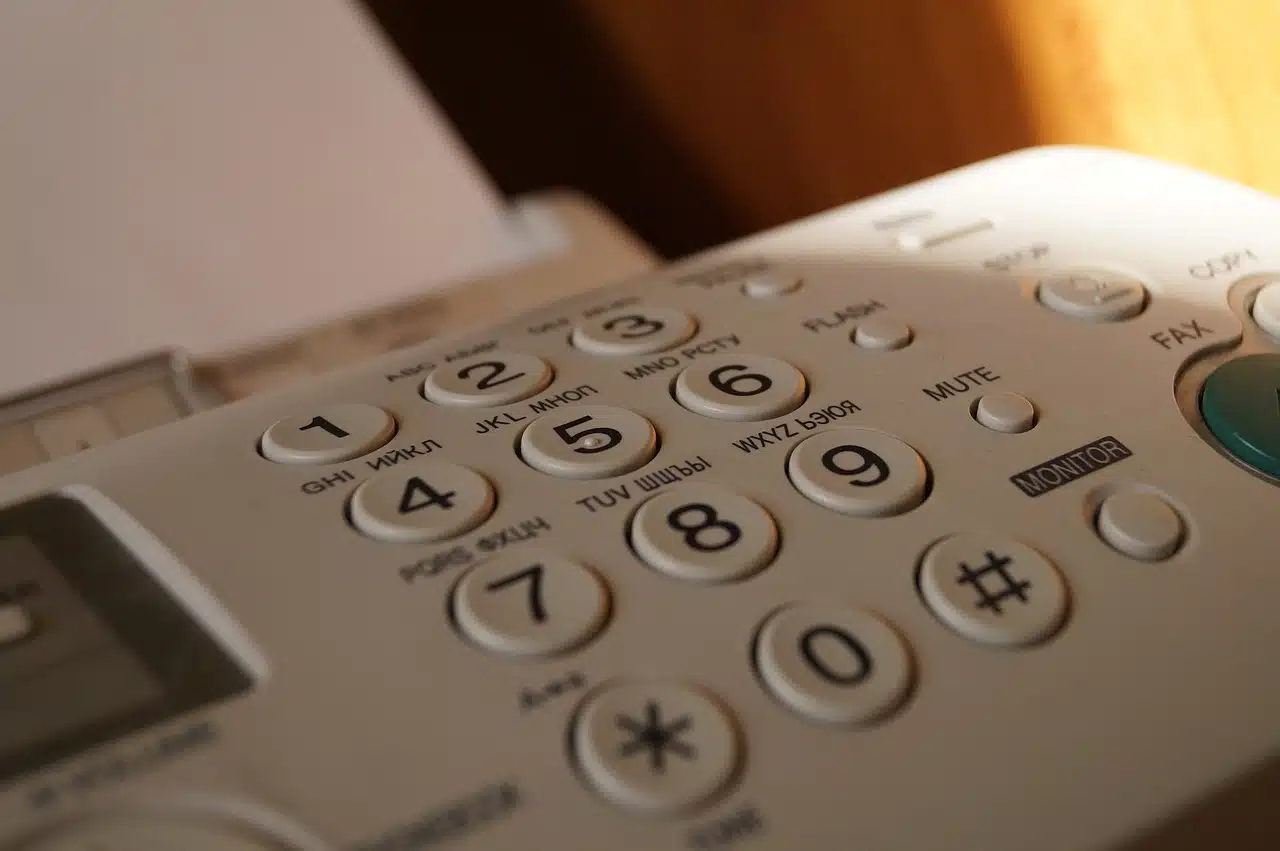
Dialogues can be developed by appealing to different communication channels.
A communication channel is a support that makes possible the circulation of signals with information , allowing a sender and one or more receivers to carry out a communicative act . This is a specific resource that must work correctly so that messages arrive without problems.
The communication channel, therefore, is the medium through which signals are sent and received. There are experts who compare it to a conduit that channels data.
Operation of a communication channel
The operation of a communication channel is based on allowing information to flow from the sender to the receiver , providing the appropriate framework for said transfer. When the channel suffers damage or registers some type of noise, communication barriers arise that make the communicative act difficult or impossible.
For communication to take place, there must always be a channel available. Otherwise, there is no way for the message to get from the sender to the receiver. Even in a face-to-face dialogue, a channel comes into play: the air , which enables the transmission of sound waves that constitute oral communication .
Beyond the technical details that are taken into account in the theory of communication , colloquially the idea of a channel is usually associated with a path . That is why a company can indicate that a mobile phone number (cell phone) or an email address are its communication channels. However, in communication sciences, the idea is used with greater specificity.

The written press, such as newspapers and magazines, use a one-way communication channel.
The communicative act
The communicative act is the action that consists of the transmission of a message through a communication channel, using a specific coding . At a simplified level, there is a sending source that transfers information to a receiver.
In a communicative act, following the simplest scheme, two parties participate (the sender and the receiver ) who are related through the message (what is transmitted). From the first decades of the 20th century , the so-called theory of communication emerged, which incorporates other elements to be considered in this act.
As we already indicated, the communication channel is the means by which the message is sent by the sender with the aim of reaching the receiver. Said message is made up of a code (that is, a set of rules) that must be shared by the sender and the receiver to understand the information.
What is called noise is that which threatens the perception or understanding of the message. If there is noise in the communicative act, the message may not reach its destination or be interpreted. Language differences or the use of technical vocabulary among those who do not master it cause these effects.
The phatic function of language , in this framework, is used to confirm that the communication channel is functioning properly. Someone who at the beginning of a phone call asks their interlocutor "Can you hear me well?" He is resorting to this phatic function to corroborate the functioning of the channel.

A communication channel can become unused, as happened with the fax.
Types of communication channels
There are different types of communication channels that arise from different classifications. A first major division differentiates between a personal communication channel (which implies a direct link between those involved in the communicative act) and a mass communication channel (the sender can send his message to multiple recipients simultaneously).
Mass media (also known as mass media or mass media ), such as television and radio , use these types of channels. The sender, in these cases, transmits his message to an audience or audience potentially made up of thousands or millions of people.
Another classification refers to unidirectional communication channels and bidirectional communication channels . When the channel is unidirectional, the sender and receiver do not change roles: therefore, they do not take turns issuing messages. An announcer speaking on a radio program is the only transmitter of a message that is received by all the individuals who are listening to the broadcast , who cannot respond by appealing to the same communication channel.
The two-way channel, on the other hand, allows reciprocity . Telephone communication leads to the sender and receiver alternating as the dialogue develops. For example:
- "Hello how are you?"
– “Very good, what about you?”
- "Fine, thanks"
As can be seen in this sequence, the person who sends the first message becomes the receiver of the second, and then resumes the role of sender. Telephone calls, therefore, are made through a two-way communication channel.
The choice
The choice of the communication channel must take into account the context and needs of each moment. The characteristics of the message you want to send, the habits of the recipient and the urgency with which you intend to carry out the communicative act must be analyzed, to mention a few variables.
Suppose an employee must send a report with statistics to his boss. A communication by email , where documents with texts, figures and graphs can be attached, will be more useful than a telephone call. In other cases, in-person conversations are more appropriate, while video conferencing and social media may be appropriate in different circumstances.
